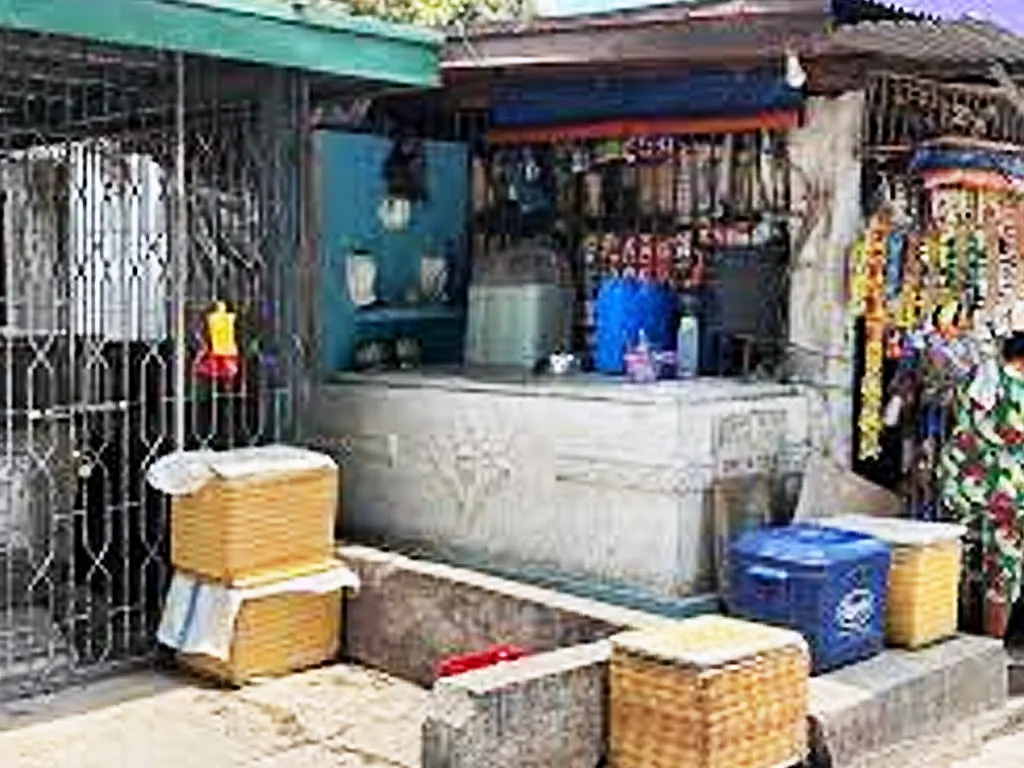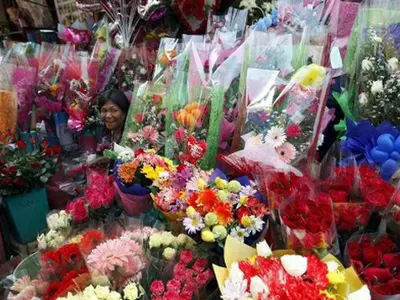
Courtesy: fotore1
IN the bustling cities of the Philippines, where space is a precious commodity, some communities have found an unlikely place to call home: the cemeteries.
For generations, families have lived among the tombs and mausoleums, carving out lives within these sprawling necropolises. These cemetery communities offer a unique glimpse into Filipino resilience, resourcefulness, and the enduring power of family and tradition.
Life inside the cemeteries is a constant negotiation between the living and the dead. Makeshift homes are built against mausoleum walls, laundry lines crisscross between tombs, and children play among the graves. Residents often work as caretakers, tending to the tombs of the wealthy in exchange for a small fee and the right to live on the grounds. They sweep, clean, and decorate the graves, ensuring that the resting places of the departed are well-maintained.
Despite the challenges of living in such an unusual environment, the cemetery communities have created a strong sense of community. Neighbors help each other, children attend makeshift schools within the cemetery walls, and families celebrate life’s milestones amidst the tombs. They have learned to coexist with the spirits of the departed, respecting their resting places and incorporating them into their daily lives.
While the government has attempted to relocate these communities to more conventional housing, many residents are reluctant to leave. For them, the cemetery is not just a place to live; it’s a home, a livelihood, and a community.
It’s a place where they are connected to their ancestors, where they have built their lives, and where they feel a sense of belonging. The stories of these cemetery communities offer a poignant reminder of the human capacity to find life and hope even in the most unexpected places.



